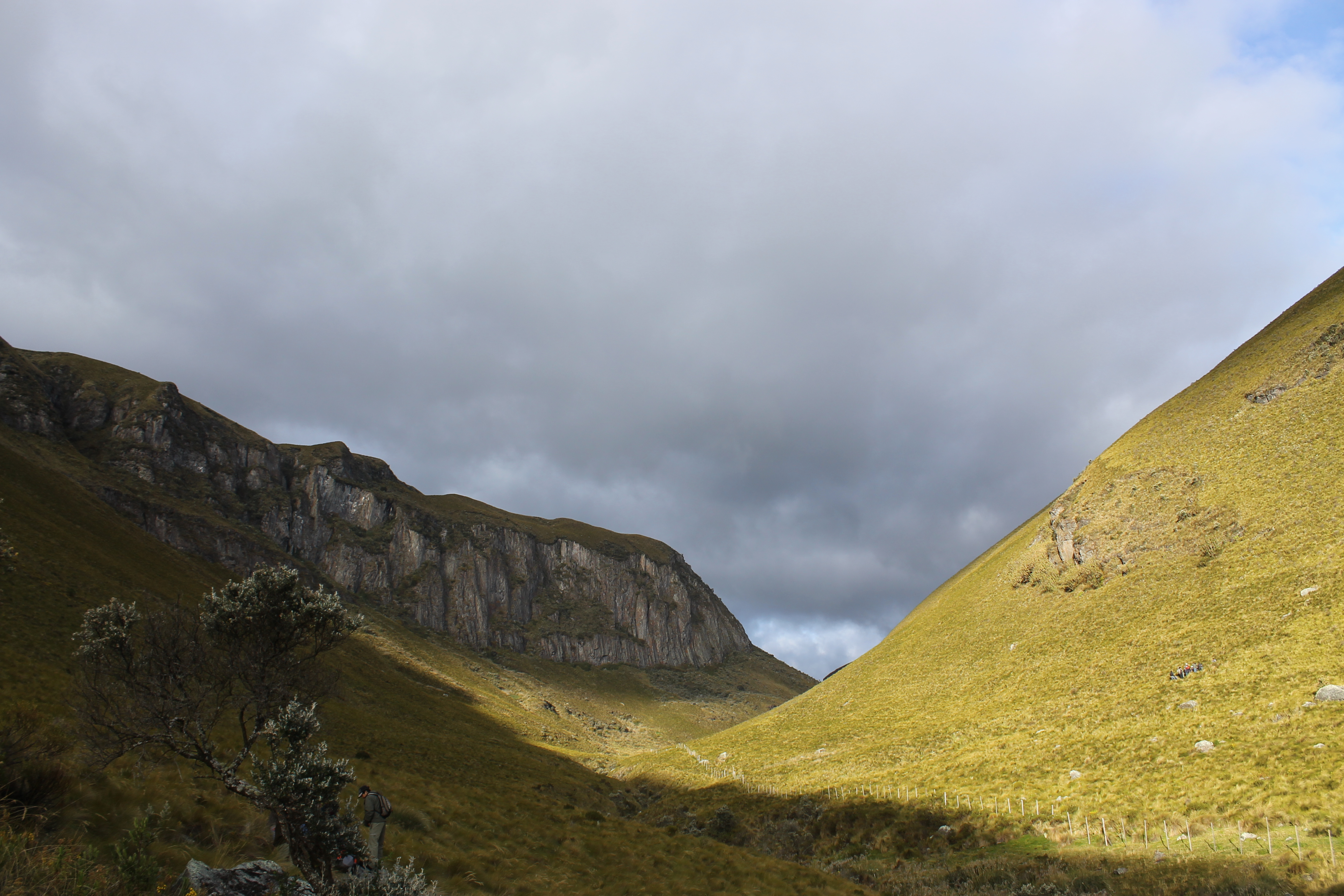The workshop organised by UNDP Ecuador with EGP support on January 24, 2023, generated a multi-stakeholder discussion about mine waste and tailings management between the different actors operating in the sector – ranging from researchers, the Ministry of Mines and Energy’s policymakers, and the monitoring agency regulators (Geological and Energy Research Institute, IIGE). The workshop also helped identify national priority issues that can be addressed with continued multi-stakeholder dialogue and further support from UNDP, the Swedish Environmental Protection Agency and other international partners.
"Government entities need to support communities in implementing laws and regulations and work in synergy with them, as well as with technical teams, and regulatory operators. In Ecuador there is mounting political will to tackle outstanding mining governance issues and to do this through multistakeholder dialogue and action." - Diego Rueda, Undersecretary for Territories and Environmental Management, Ministry of Mines and Energy.
KEY MESSAGES:
- How to properly manage waste from mining operations is an issue of great concern worldwide, especially considering the growing demand for critical minerals that fuel the production of low-carbon technologies. In Ecuador, one of the most pressing challenges is to address waste from Artisanal and Small-Scale Gold Mining (ASGM), which is a sector that provides the main source of livelihood for some 100,000 people across the country and mostly in remote and rural communities. Certain forms of ASGM have been carried out in Ecuador by ancestral and traditional communities since the Inca times.
- While tailings and waste management in Large-Scale Mining (LSM) operations are regulated by the mandatory Environmental Management Plans (EMP), waste from informal and/or unregulated ASGM activities poses a significant and mounting threat to communities and the natural environment. Contamination from the illegal use of mercury poses a particular danger, affecting both ASGM communities themselves, as well as indigenous and traditional communities, by contaminating water courses and fish that are consumed. Mercury contamination may lead to severe health effects and even life-threatening consequences to current and future generations, as the metal is both persistent in the environment and may bioaccumulate in ecological food chains which means it may remain in the natural environment for centuries to come.
- ASGM operations are often too small to individually count on the necessary technical, financial and administrative resources to be able to manage the waste that they generate in an acceptable manner. A possible solution to this dilemma is to encourage ASGM miners to cooperate and pool resources in larger groups and together invest in larger, cost-effective and communal treatment plants and waste management facilities. Such an approach has been tried in the Portovelo gold mining area of Ecuador, and it may provide relevant experiences and learning that may be applicable elsewhere.
"ASM activities, which have not been formally registered nor recognised by the government, pose a great challenge as these miners often lack tools, equipment, personnel and capacities to ensure proper mine waste disposal." - Mario Rodas, Programme Manager, UNDP Ecuador.
READ THE WORKSHOP REPORT


Please log in or sign up to comment.